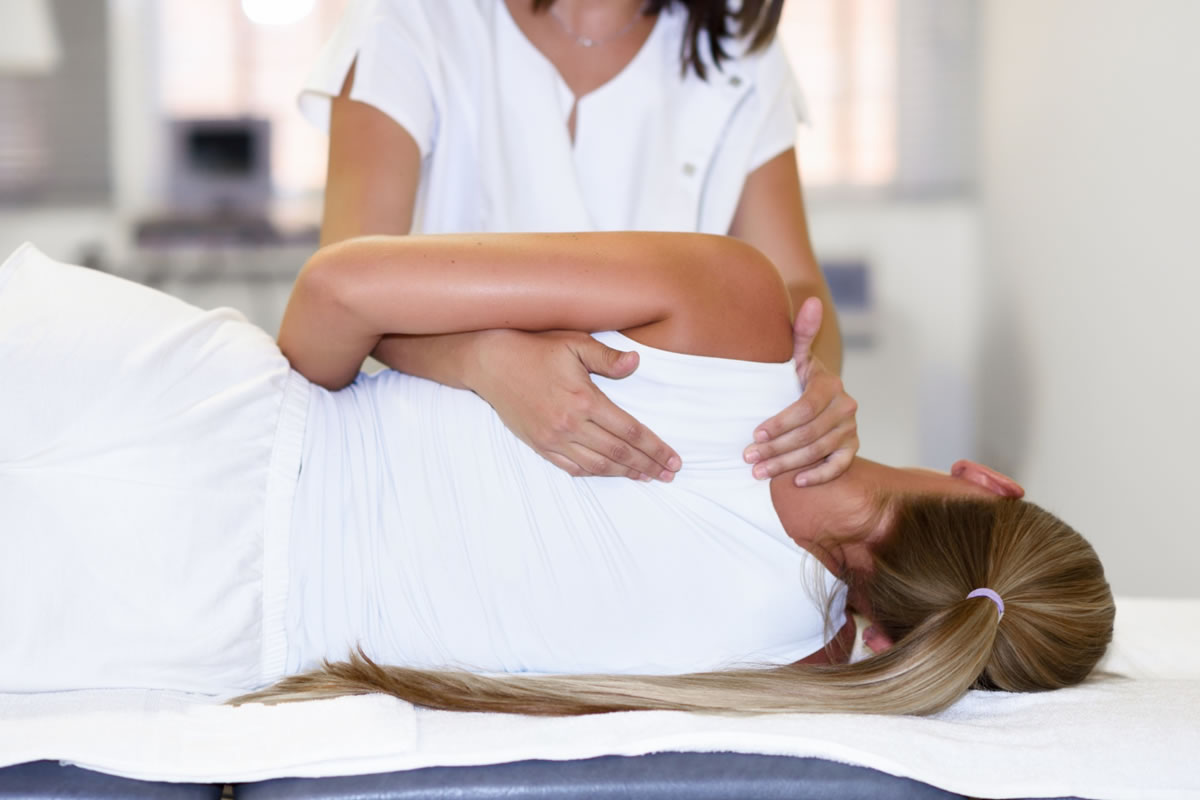
While a shoulder replacement is not an instantaneous fix for shoulder discomfort, it eventually relieves pain, restores shoulder motion, and returns you to many activities you once enjoyed. Selecting the right surgeon for this complex procedure is essential, but obeying your rehab instructions is critical to successful recovery.
Orthopedic surgeons are renowned for their background and talent in shoulder replacement surgery. Although detailed restoration plans are designed for patients experiencing shoulder replacement surgery, there are some practical tips to remember about observing your recovery plan. Visit Floridaboneandjoint.com to locate an orthopedic surgeon in Deland to create a recovery plan and supply all your surgical demands.
What is shoulder replacement surgery?
A fit shoulder is a ball-and-socket joint style with a more significant range of movement than any other joint in your body. Replacement surgery aims to return your shoulder's range of motion to as normal as achievable and reduce pain. The destroyed joint is substituted with artificial elements, including the ball at the bottom of the arm bone and the superficial socket, or glenoid, in the shoulder blade containing the ball.
Soon after your surgery starts, a complex rehabilitation and healing process is explicitly developed with you in mind. Critical to a successful result, restoration takes several months to achieve and demands your total concentration and detailed cooperation.
Be ready
Simple actions like assembling a wardrobe that is effortless to put on, putting fresh water and medication within reach, and organizing nutritious meals that you can eat with one hand will keep those first few days at home more relaxing. In addition, it can help to use an occupational therapist to assess your house and create a post-surgical scheme that fits your home and lifestyle.
Dedicate to working your plan
Every direction provided during rehab is created with complete healing in mind, and your participation is demanded soon after the surgery. For example, once the anesthetic wears off and activity is conceivable in the fingers and wrist, creating a fist several times daily will be instructed to revive circulation to your affected arm. While in the hospital, your physical therapist will recommend range-of-motion activities that help keep your shoulder and elbow pliant. Investing in action during these exercises will help to hasten recovery.
Your physical therapist will supply detailed directions for performing movements several times daily. And they will even offer restrictions about the weight you can lift and actions you can execute during all stages of your rehabilitation. Disregarding these instructions can prolong recovery time and expand post-surgical discomfort. In addition, you will have mandated physical therapy sessions with an expert during your rehab. Directed physical therapy activities restore muscle and range of motion to your shoulder. Skipping sessions or ignoring any part of your rehabilitation plan can leave you with a rigid, unresponsive joint.
Remain active
It might be three months or longer before being discharged to return to an intermediate workout practice, but daily activity is vital to general health. Walking to your mailbox or taking a walk around the block might be all that is suggested initially. Still, even this easy exercise can enhance mood, boost energy, and support muscle and joint recovery from surgery. Visit us at Floridaboneandjoint.com to locate support in your healing process with our orthopedic surgeon in Deland and surrounding regions.